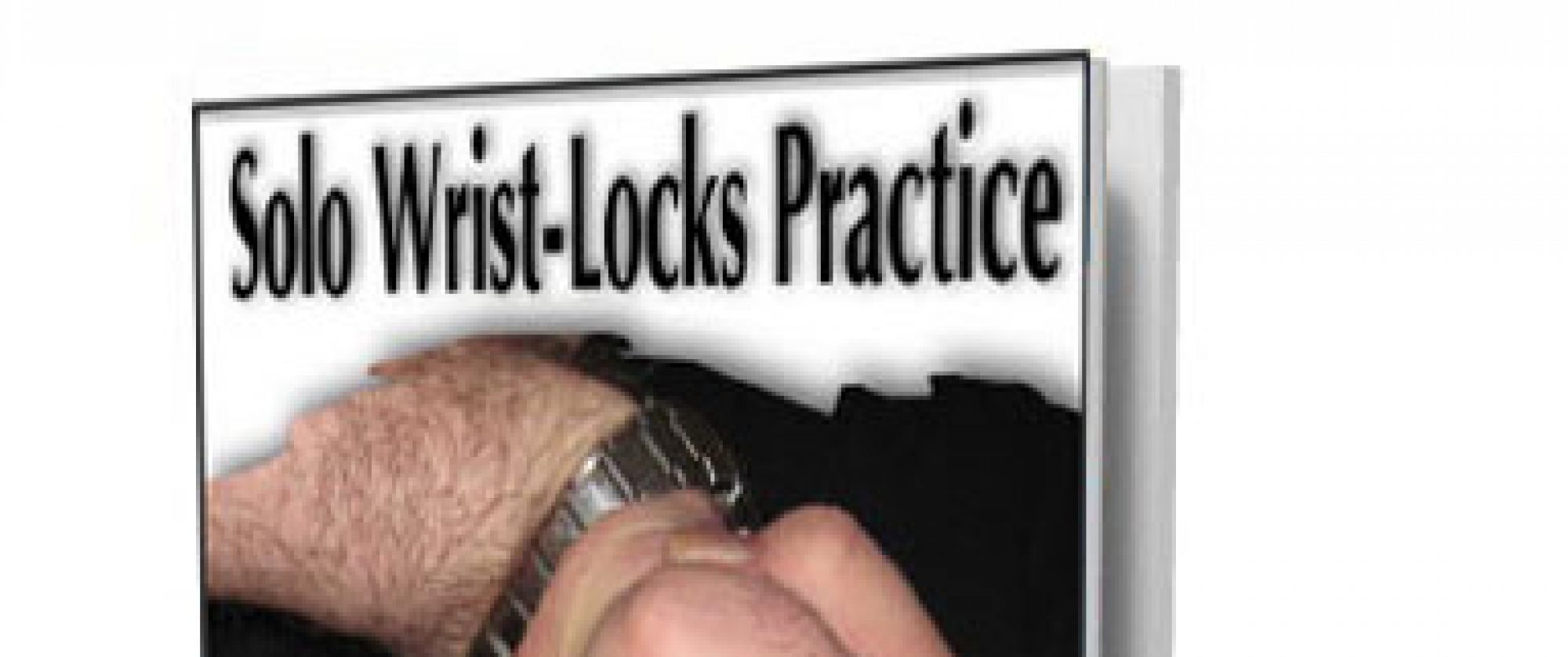Have you noticed the most recent bandwagon in the martial arts?
It’s not a particular style … at least not a “martial arts” style….
Would you try to throw someone to the ground in a fight? Would you use a hip throw, or some other practiced move from judo, ju jitsu, or some other martial arts style?
Recently, I have been reading a newsletter published by another martial artist. I was pretty much on the same page as this guy, until …
he started talking about throws in a street fight.
He began a ju jitsu discussion, and I got very uncomfortable. Now, I could see why so many of the self-defense gurus are trying to distance themselves from the term “martial arts.” Some of what this guy was describing was downright dangerous … to the person attempting the throw.
It had a similar, icky, feeling as the practitioners who advise taking a punch straight into a wrist lock. It just doesn’t work that way in the real world. Maybe with a willing practice partner … but try to stop a full-speed punch directly into a joint lock? Not likely.
So, how do you label this unrealism that so often permeates a martial-arts style?
Well, the easy answer is to try to pretend that what you are practicing isn’t martial arts. Go ahead, try and convince yourself that what you’re doing is “better” than martial arts.
Why did I write “try to convince yourself”?
Because no matter how we look at it, what these realism seekers are doing is concerned with fighting (warfare and such), and it still is a practiced, thought-about skill … thus, it really is a martial … art.
This resembles the argument of … not all shirts are t-shirts, but all t-shirts are shirts.
What they are doing is martial arts?
[headline_georgia_small_left color=”#000000″]How to Choose the Best Martial Arts Style[/headline_georgia_small_left]
What you really want to do is choose the best martial arts style FOR YOU.
And I don’t really think you can do that in the Internet. (Sorry about that.)
Use the Internet to round out your information, to add to your skill, to consider other martial possibilities. Don’t use it as your principal learning resource … if you are a novice.
What is the first criterion for the best martial art for you?
Choose a style where there is a class that you can attend.
Makes sense, right?
You may love my style, but unless you live in my town, and can convince me to teach you, then you’re out of luck.
Choose from what’s available.
[features_box_green width=”75%” + border=”2px”]Note: I have other articles and reports that delve more into style choice. Here, I am hopefully, pointing out the obvious … as a beginning consideration.[/features_box_green]
Choose according to your goals. If you don’t want to compete, but do want to learn an efficient, combative style, then make sure you are immersing yourself in a school filled with trophies and awards. (I prefer a garage with a bunch of sweaty peers, who really want to train for practical application self-defense.)
So, does this start a conversation?






